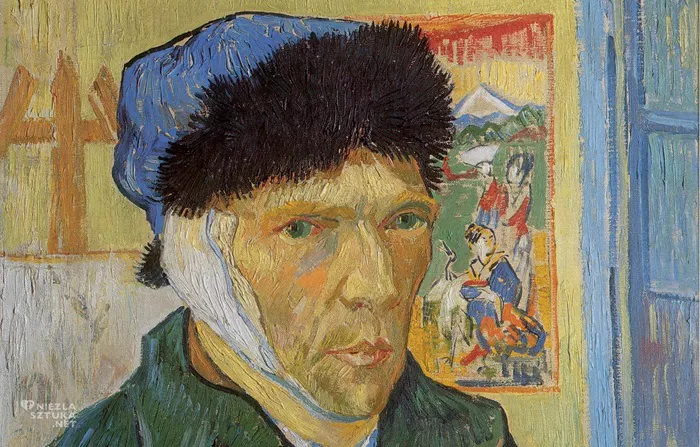Health experts have issued a stark warning, stating that if left unaddressed, obesity could spiral into a full – scale public health crisis in India.
In recent years, India has witnessed an alarming surge in obesity rates, with the problem permeating all age groups and socio – economic strata. Once considered a predominantly Western issue, obesity has firmly established itself as a pressing concern in the country. Projections from a recent Lancet study are particularly concerning, forecasting that by 2050, India will have 218 million overweight or obese men and 231 million such women, amounting to a staggering 449 million people, nearly one – third of the country’s projected population.
The causes of this burgeoning obesity epidemic are multi – faceted. Rapid urbanization and modernization have led to a significant shift towards sedentary lifestyles. As people migrate from rural to urban areas in search of better economic opportunities, they often take on desk – bound jobs, reducing physical activity. The widespread use of labor – saving devices and motorized transportation further contributes to the lack of physical exertion.
Dietary habits have also undergone a dramatic transformation. Traditional Indian diets, which were rich in fruits, vegetables, and grains, are being increasingly replaced by calorie – dense, processed foods high in sugars, unhealthy fats, and refined carbohydrates. The proliferation of fast – food chains offering convenient but unhealthy options has only exacerbated the problem. Moreover, India’s unique dietary structure, where rice and wheat are staple foods, combined with the sedentary nature of the middle – class lifestyle, means that excess carbohydrates are easily converted into fat. For the poor, the high cost of meat, fresh fruits, and vegetables forces them to rely more on grains, while the wealthier segments of society are more likely to consume processed and high – calorie foods.
Genetic factors also play a role. South Asians, including Indians, tend to have a higher body fat percentage even at the same body mass index (BMI) compared to Caucasians. Additionally, the “thrifty genotype” makes Indians more susceptible to obesity and diabetes when faced with excessive food intake, as their bodies are genetically predisposed to store fat more efficiently, a trait developed over generations of dealing with food scarcity.
The consequences of this obesity epidemic are severe. Obesity is a well – known risk factor for a range of chronic diseases, such as type 2 diabetes, cardiovascular diseases, and certain cancers. India already bears a heavy burden of these conditions, and the rising obesity rates threaten to further overwhelm the healthcare system. Research has shown that obesity can increase the risk of developing diabetes by nearly six times, and the co – existence of obesity and diabetes, known as “diabesity,” further raises the risk of cardiovascular complications.
The economic impact of obesity in India is also significant. In 2019, obesity – related costs accounted for 0.8% of the country’s GDP, and if the current trend continues, this could rise to 2.4% by 2060, encompassing both direct medical costs and indirect losses due to reduced productivity and premature deaths.
To avert a full – blown public health crisis, experts emphasize the need for a comprehensive approach. This includes implementing policies to promote healthy diets and physical activity, regulating the food industry to reduce the availability of unhealthy foods, and raising public awareness about the risks of obesity. There is also a call to formally recognize obesity as a major non – communicable disease and incorporate its prevention and management into India’s public health policies. Without urgent and effective action, the looming threat of obesity could have far – reaching and devastating consequences for India’s public health and economy.
Related topics:

































